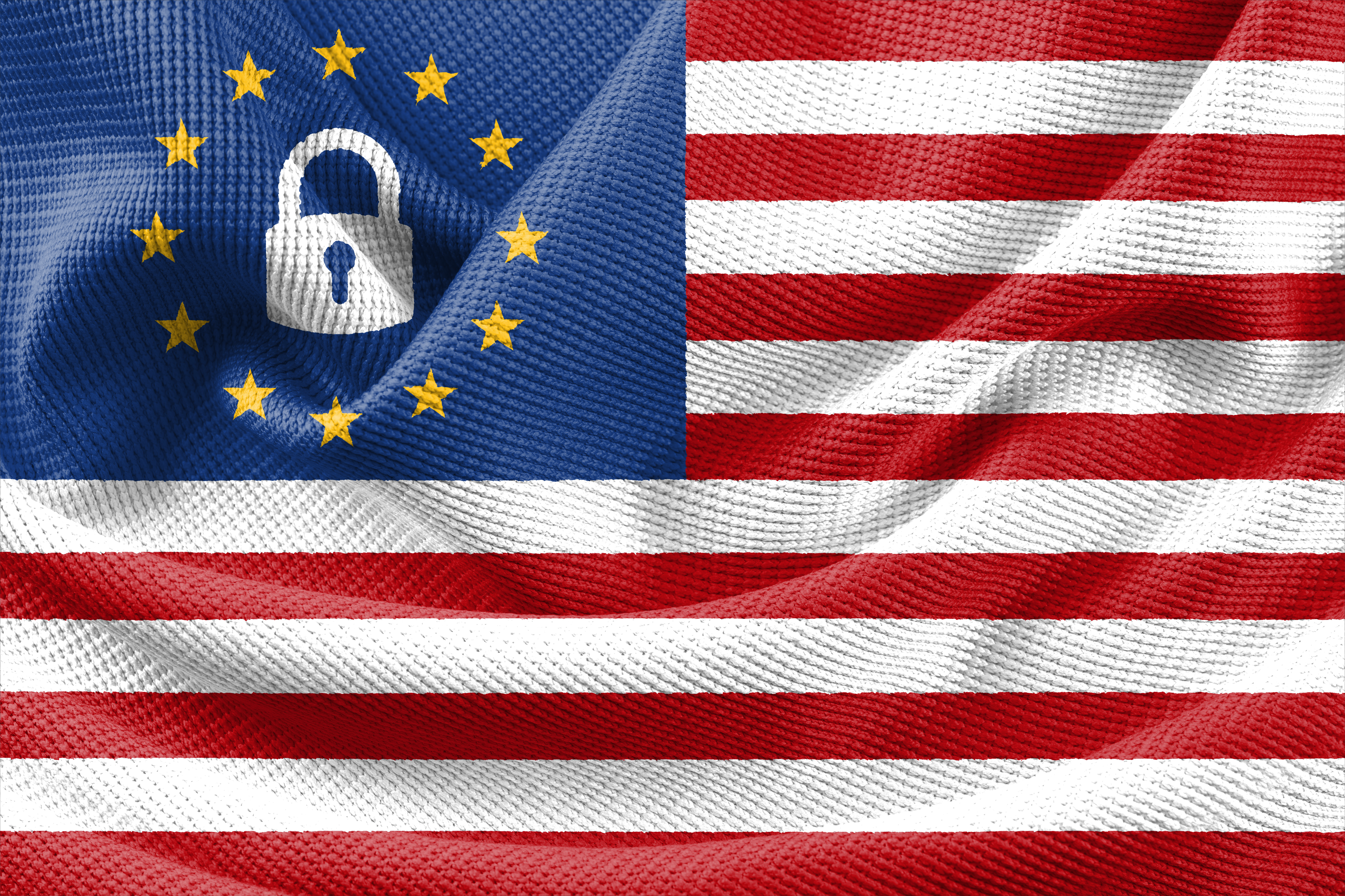The U.S. Department of Transportation is seeking public comment on opportunities to reform transportation regulations. The comment period ends next week. This effort is part of President Trump’s “Ten for One” regulatory reduction initiative announced by Executive Order on January 31. The U.S. DOT together with the U.S. Department of Government Efficiency (DOGE) and the U.S. Office of Management and Budget (OMB) are aiming to eliminate burdensome, unconstitutional, or unlawful laws, while reducing compliance burden cost.
Public comment is requested for the U.S. DOT’s implementation of these Executive Orders. On April 3, 2025, U.S. DOT issued a Request for Information (RFI) to gather input on how to reduce regulatory burdens while still meeting its legal and safety obligations. 90 FR 14593. Industry stakeholders are encouraged to submit comments to help identify existing regulations, guidance, paperwork requirements, and other regulatory obligations that could be modified or repealed in accordance with the law.
U.S. DOT is accepting public comments until May 5, 2025, on the following key questions:
- Are there any regulations or guidance commenters can identify that fall within the seven categories outlined in Executive Order 14219? The categories include regulations that: (i) violate or raise serious constitutional concerns; (ii) rely on unlawful delegations of legislative power; (iii) misinterpret statutory authority; (iv) implicate social, political, or economic matters without clear legal basis; (v) impose high costs on private parties without sufficient public benefit; (vi) unjustifiably obstruct national interests like innovation, infrastructure, economic growth, or foreign policy; or (vii) unduly burden small businesses and hinder private enterprise. If so, how does any particular regulation or guidance fall within one or more of those categories? Would repeal or modification (and if so, please describe what modification) advance the policies of the order, consistent with law?
- How can U.S. DOT best promote meaningful regulatory cost reduction while achieving its regulatory objectives, and how can it best identify those regulations, guidance, or reporting requirements that might be modified, streamlined, or repealed?
- How can U.S. DOT best obtain and consider accurate, objective information, and data about the costs, burdens, and benefits of existing regulations, guidance, and reporting requirements? Are there existing sources of data U.S. DOT can use to evaluate the post-promulgation effects of regulations, guidance, or reporting requirements over time? U.S. DOT invites interested parties to provide data that may be in their possession that documents the costs, burdens, and benefits of existing requirements.
- Are there regulations, guidance, or reporting requirements that simply make no sense or have become unnecessary, ineffective, or ill-advised? If so, please identify them. Are there regulations, guidance, or reporting requirements that can be repealed without impairing U.S. DOT's ability to comply with its statutory obligations? If so, please identify them.
- Are there regulations, guidance, or reporting requirements that have become outdated and, if so, how can they be modernized to better accomplish their objectives?
- Are there regulations, guidance, or reporting requirements that are still necessary, but have not operated as well as expected such that a modified, or slightly different approach at lower cost is justified?
- Are there regulations, guidance, or reporting requirements that unnecessarily obstruct, delay, curtail, or otherwise impose significant costs on the siting, permitting, or delivery of transportation projects?
- Does U.S. DOT currently collect information that it does not need or use effectively?
- Are there regulations, guidance, or reporting requirements, or regulatory processes that are unnecessarily complicated or could be streamlined to achieve statutory obligations in more efficient ways? If so, what changes should be made?
- Are there regulations, guidance, or reporting requirements that have been overtaken by technological developments? Can new technologies be leveraged to modify, streamline, or rescind existing regulations, guidance, or reporting requirements?
- Does the methodology and data used in analyses supporting U.S. DOT's regulations meet the requirements of the Information Quality Act?
- Are there any U.S. DOT regulations, guidance, or reporting requirements that are inconsistent with Executive Orders 14151 (“Ending Radical and Wasteful Government DEI Programs”), 14154 (“Unleashing American Energy”), 14168 (“Defending Women From Gender Ideology Extremism”), 14213 (“Establishing the National Energy Dominance Council”), and other Executive Orders issued by the President, described earlier in this RFI? If so, what modifications would ensure consistency with the orders and applicable law?
Interested parties may submit comments to the Federal eRulemaking Portal using docket number DOT-OST-2025-0026. Comments should include supporting data and specific suggestions for repealing, replacing, or modifying regulations. If industry stakeholders have additional suggestions after the deadline then those can be emailed to Transportation.RegulatoryInfo@dot.gov.
Jonathan Todd is Vice Chair of Benesch’s Transportation & Logistics Practice Group. He can be reached at 216.363.4658 or jtodd@beneschlaw.com.
Ashley Rice is an Associate in the Transportation & Logistics Practice Group at Benesch. She may be reached at 216.363.4528 or arice@beneschlaw.com.
